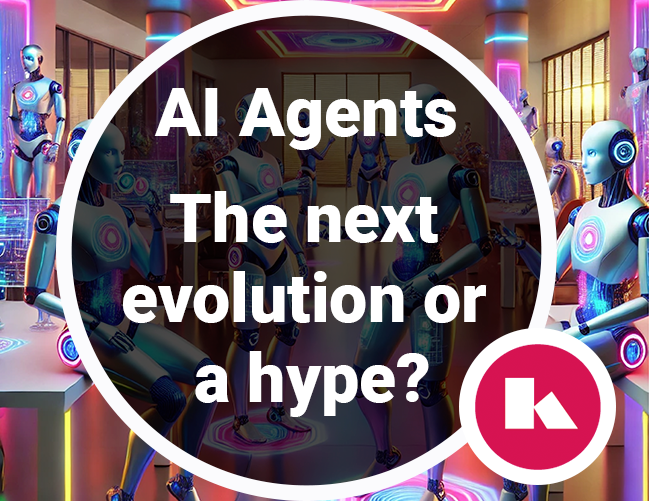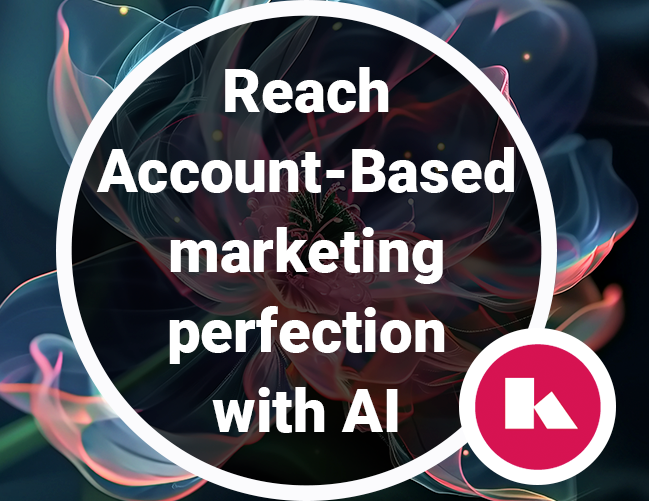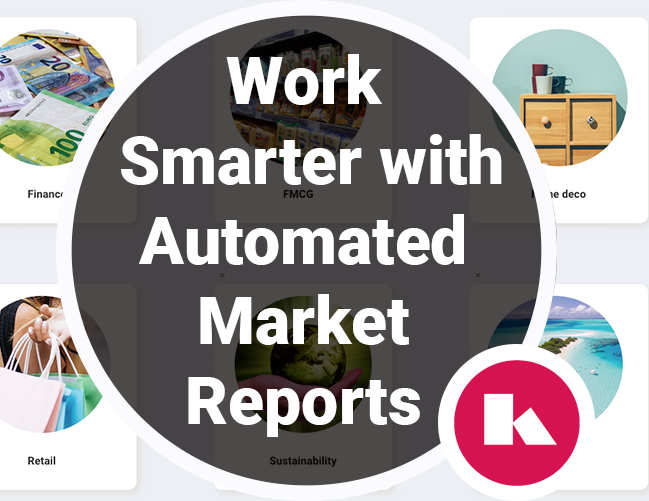Data-Driven Storytelling
Today it is all about Storytelling and Big Data and when you combine the two you get the term data-driven storytelling. But if you dive deeper into Data-Driven Storytelling you will find that the term is widely used in different settings, for example in Marketing and Journalism.

Marketing
One of those settings is the marketing world. In this context, it means that you use the data of your audience to make the right appealing marketing message or, even better, story. The Harvard Business Review stated already in 2015 that: ôData-driven storytelling is poised to be the next big trend in content marketing. On top of this, the marketer needs to get the messages across to the audience. In the fierce world of advertising, it is of utmost importance to gain the interest of the audience and point people toward the information that matters most at a specific moment.
Journalism
Another context where you will encounter the term data-driven storytelling is the world of journalism. Journalists analyze and filter large data sets for a storyline to make the messages hidden in the data relatable and digestible or even to elevate a news story. A good example is Bloomberg’s story about What’s really warming the world. Data requires context and explanation. And that is why, in this world with a huge amount of data, it is not surprising that the need for stories in data is getting more and more essential. As Reid Genauer, Chief Marketing Officer @Magisto, once said: Data is useless to our brains unless it can be presented in a narrative way that makes it emotionally and biochemically tasty.
But for now, we mostly see data-driven storytelling used in a hierarchical relation. Use data to tell the right story or use a story to explain the data.
Business to Business environment
It gets even more interesting if we look at the Business-to-Business environment. The next phase will be the continuous interaction between the user, the story and the data. The focus will be on:
How the user and/or data are changing the story along the way.
“Data is useless to our brains unless it can be presented in a narrative way that makes it emotionally and biochemically tasty”
The role of A.I. and big data
With new technologies as A.I., we can understand and predict the behavior of the user by analyzing the data, interactions, and context. This gives us new opportunities to guide the user even better through a huge amount of data.
Big data and Artificial Intelligence supply for a breeding ground of application giving direct insights. But a lot of the applications fail because they are too complex to use. To give the user access to the data and analyzing tools doesn’t make the job easier, mostly it will get more complicated. This is where data-driven storytelling creates a great opportunity. Take the user by the hand and facilitate him/her to make an own story based on the data. Let the user interact with the data to strengthen the storyline.
How to design a data-driven story?
For a designer there are several things to consider when designing an application that lets the user create its own story:
Step 1: Who is your user (audience)?
Step 2: What are the most pressing questions the user has?
Step 3: Which angles of the questions are relevant interesting?
Asking these questions sets the base for an interactive storyline. For example, your user is a planner, working for a transport company (Step 1). Pressing questions to the user are: öHow can I get my cargo distributed on timeö and ôHow can I handle or even avoid incidents during the day? (Step 2).
If we look at the interesting angles (Step 3) we can find in this case questions like:
What will the local weather be like?Are their events taking place? Are the trucks in good condition? What is traffic prognosis? And what is the relation between these factors and the traveling time?
These are the components that make the storyline.
To conclude
Common storytelling techniques come in hand to make it easier for the user to interact and understand the data:
Providing narrative and explaining data linking separated (story) elements facilitating controlled explorations
Think in advance about the output format and timescales to strengthen the storyline. Eventually, you can help the user understand and navigate through the huge amount of data by facilitating the creation of a personal storyline.
Recent Posts
Business

AI Agents, the logical evolution that is hyped
Agents are the latest buzzword in AI, often positioned as the next evolution beyond Generative AI (GenAI). The concept...
A.I.

Reach Account-Based Marketing perfection with AI
While Account-Based Marketing (ABM) may appear to be a natural evolution of targeted marketing, there’s much more...
Company

Working Smarter with Automated Market Reports
“I regularly create market reports, but it’s still mostly manual work. I feel like AI could make this more efficient —...
